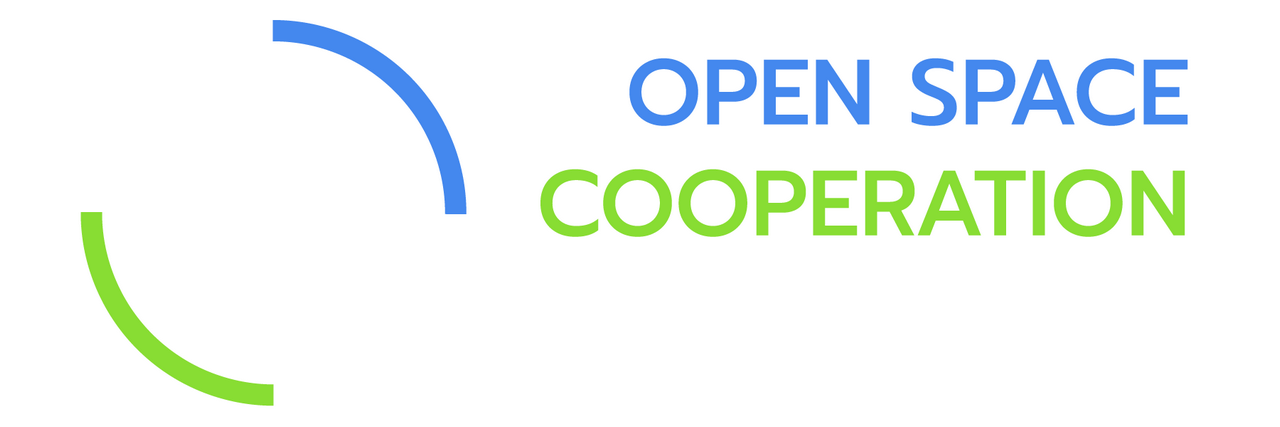
COOPERATION AND OPEN SPACE TECHNOLOGY
The Open Space Cooperation is used by Cooperacy for enabling system thinking and complex approach in meetings. It merges Cooperation Science, Open Space Technology and the Journey Narratives. It can be organised with a dozens of participants till thousands of people, and it is based on three phases.

I - THE GATHERING
In a participants circle, a facilitator asks people to listen to their feelings and to express any concerns to the context surrounding them. The facilitator also explains the Journey Narrative to the circle: the present situation is shown with all the limitations, the efforts done so far and the positive outcomes. The meeting continues with describing what would have happened in the future if the preferences and desires of the participants would come true. Every desire is turned into a proposal. This leads to the ideas ecosystem.
II - THE ECOSYSTEM
The people start going to the center of the circle in order to express their ideas or to share informations by topics. In case of a two-days event, an informative day comes before a final ideas day. The ideas or the informative topics are written on a common board with a time and a space in which they will be discussed. The group is "dissected" and "dies" according to a specific narrative, story or myth. Its parts form new groups and circles. Now and then an "exploration reshuffle" is performed. Coordination and diffusion of knowledge are the transformation tools to solve the exposed problems and the current limitations.
III - THE FINAL CIRCLE
New
awareness
is spread through the participants. The ideas proposed are listed and
voted according to: costs and benefits; personal trust; emotional power;
transparency; participants commitment; understandability; innovation and
creative power of the idea, following the seven conditions of
cooperation. From
the voting review a future agenda is made based on a common dictionary, a
redistribution of workload and resources and a common roadmap.
When the organisation need is to use a more quantitative or reflexive
approach on a larger scale, without the need of a live event, observing
both the people in different locations and their data, the
Overview tool is a
better choice.